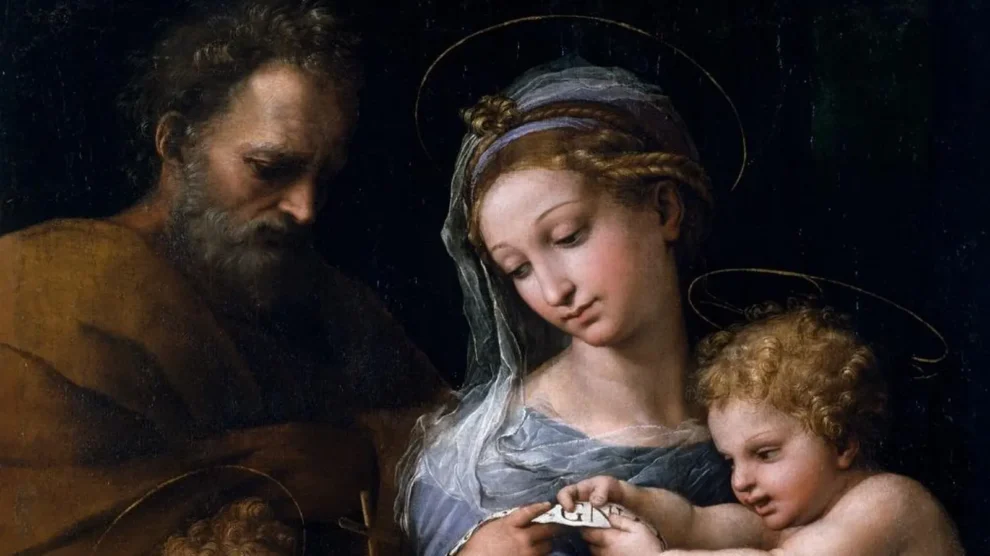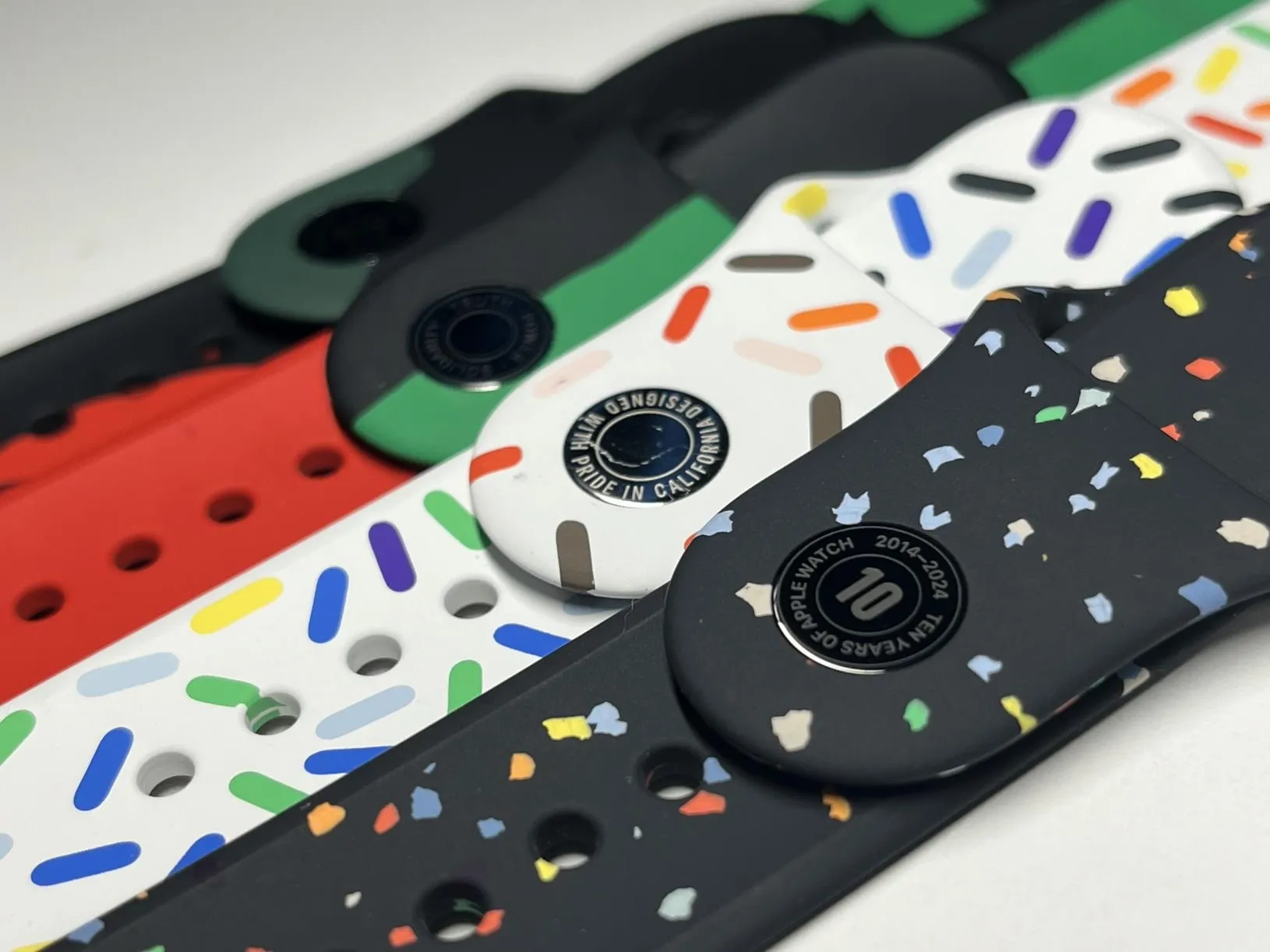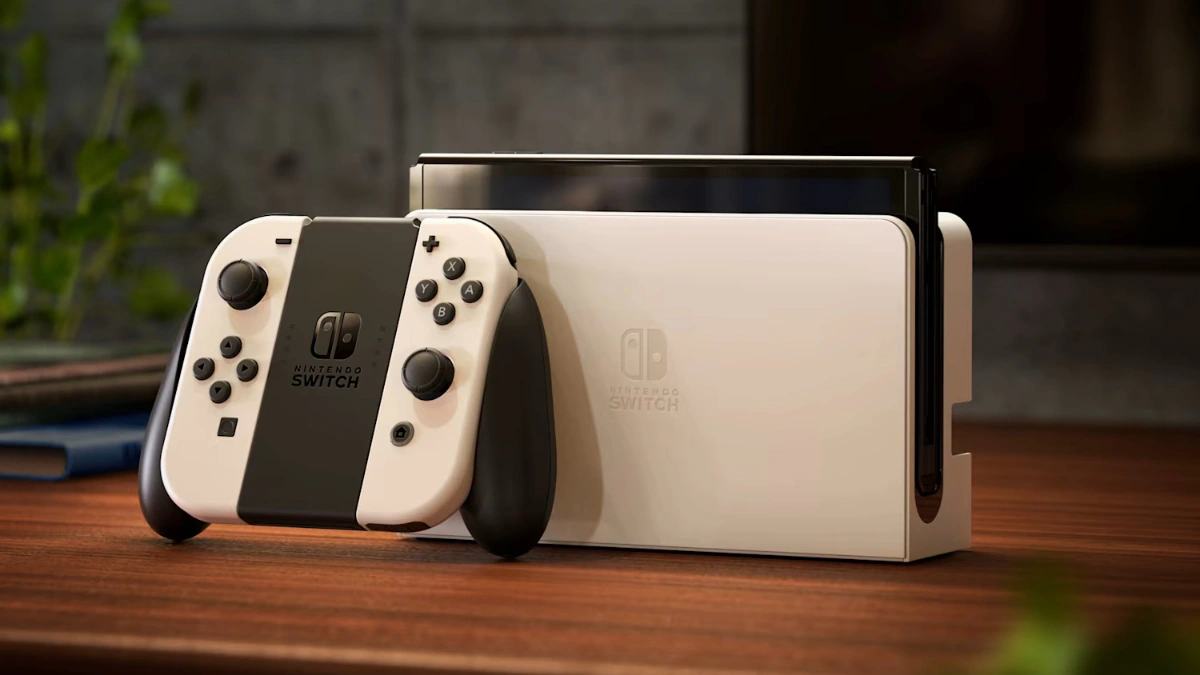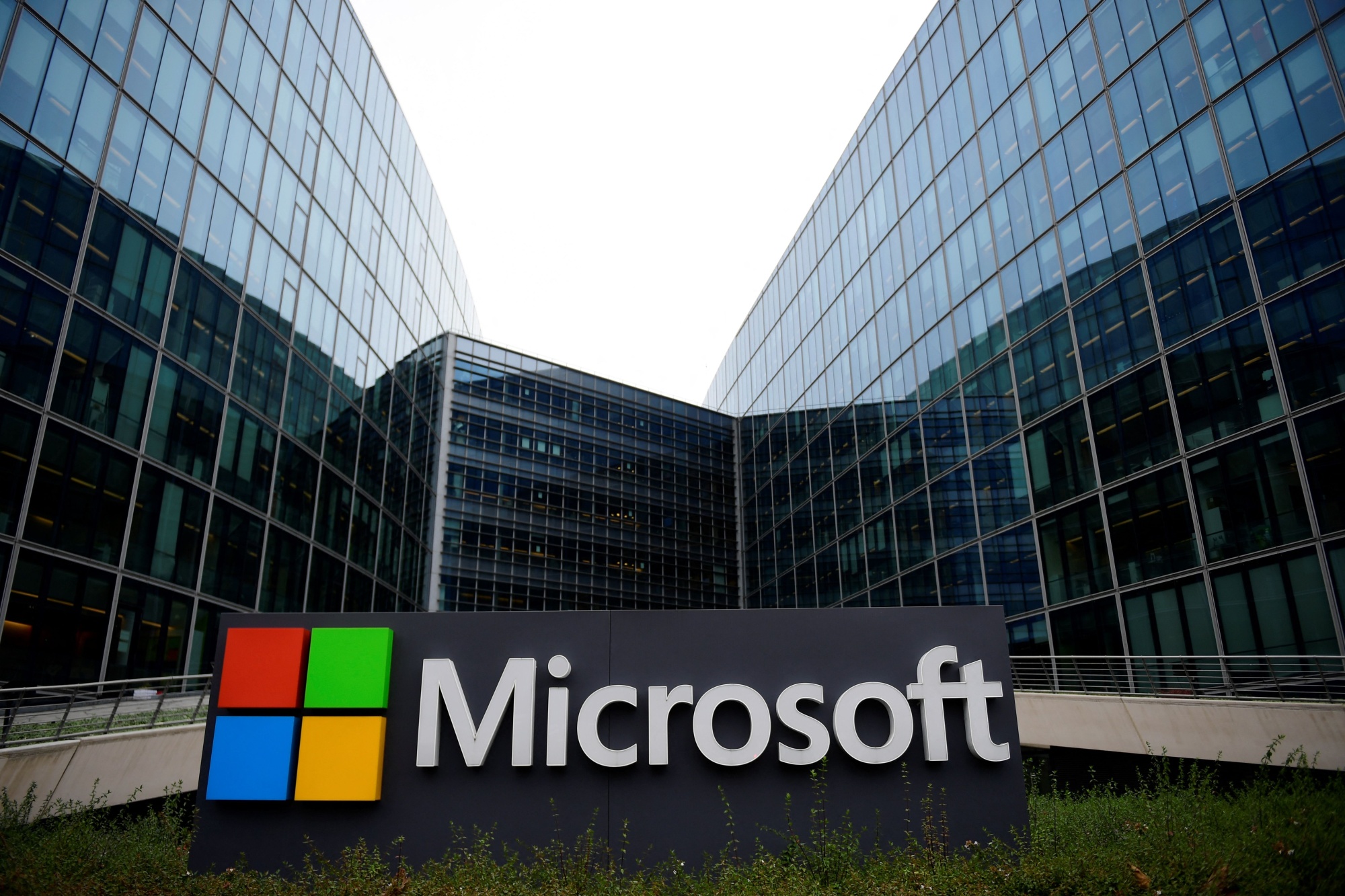In an astonishing development, artificial intelligence has revealed previously unnoticed details in Raphael’s “Madonna della Rosa,” challenging long-held beliefs about the artwork’s singular authorship. This innovative use of technology offers a fresh perspective on the Renaissance masterpiece, suggesting that the painting might not be the sole work of Raphael.
A Closer Look Through AI
Researchers have utilized a sophisticated AI algorithm to analyze the “Madonna della Rosa.” This AI, trained extensively with authenticated works of Raphael, has the capability to detect subtleties that surpass human visual acuity. The detailed scrutiny brought to light variations in the brushwork of St Joseph’s face, distinct from the rest of the painting, hinting at the involvement of another artist alongside Raphael.
Technical Details of the AI Investigation
The AI tool, a modification of Microsoft’s ResNet50 combined with a Support Vector Machine, achieved a remarkable accuracy of 98% in identifying works by Raphael in prior assessments. This high level of precision underscores the potential of AI as a reliable assistant in the art authentication process. The analysis focused specifically on different faces within the artwork, confirming that while most were indeed by Raphael, the depiction of St Joseph varied significantly.
Implications for Art History
This discovery supports earlier debates among art critics who suspected that not all parts of “Madonna della Rosa” were Raphael’s work. Historical records from the mid-1800s first suggested these doubts, and now, AI technology has provided concrete evidence to support this theory. The differences noted by AI suggest the possible contribution of Giulio Romano, a known pupil of Raphael, particularly in the painting of St Joseph.
The Role of AI in Cultural Heritage
The use of AI in this context is not intended to replace traditional methods or the expertise of art historians but to enhance them. AI can scrutinize elements at a microscopic level, contributing a layer of analysis that complements conventional approaches, which include studying the artwork’s provenance, pigment analysis, and overall condition.
This development in art history not only opens up new avenues for understanding Renaissance art but also showcases the promising intersection of technology and the humanities, illustrating how modern tools can illuminate the complexities of historical artworks.










Add Comment